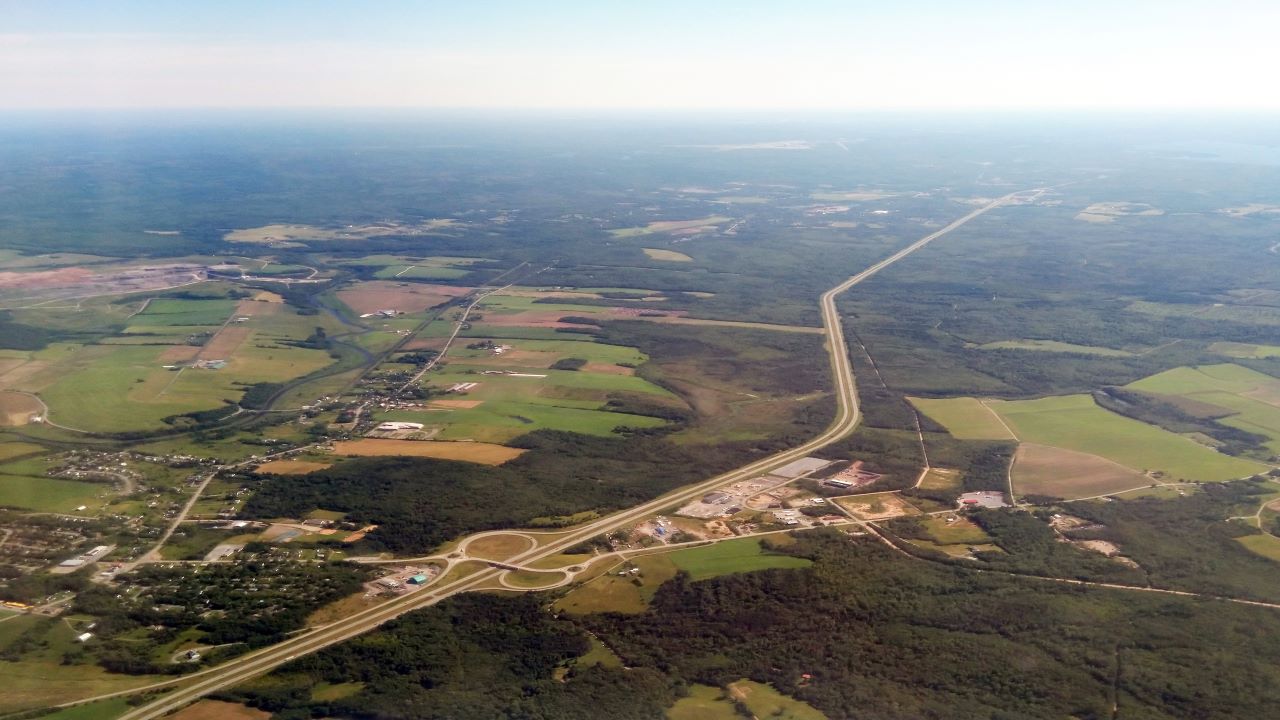The Scotia mine is a fully-permitted zinc-lead open-pit mine located in the province of Nova Scotia in Canada. It is owned by ScoZinc, a Canadian metals mining company.
The mine has been under care and maintenance since 2009 due to a decline in metal prices and high operating costs. The previous owner Acadian Mining, a gold exploration firm based in Canada, sold the Scotia mine to Selwyn Resources in May 2011, which was later renamed to ScoZinc Mining in 2015.
A plan to restart the zinc-lead mine was initiated in August 2019. Completed in July 2020, a pre-feasibility study envisaged the open-pit mining operation over the 14-year mine life. A technical report on the gypsum resource estimation along with updated mineral resources was subsequently completed in March 2021.
In February 2021, ScoZinc signed a business combination agreement with Fancamp Exploration, a mining company based in Canada, to create a larger entity. The transaction was approved by the British Columbia Supreme Court in April 2021. ScoZinc and Fancamp executed a loan agreement of up to C$250,000 ($206,799) to advance the Scotia mine to commercial production in May 2021.
Scotia mine project location and geology
The Scotia mine is located approximately 62km north-east of Halifax, in the community of Gays River in the Halifax Regional Municipality within the province of Nova Scotia. The zinc-lead mine encompasses 648ha of mineral rights under three contiguous mineral leases.
The deposit is situated along the southern margin of the late Palaeozoic Fundy (Magdalen) Basin. The project area is underlain by the Cambro‐Ordovician Meguma Group metasediments that form the pre‐Carboniferous basement. The Meguma Group is overlain by marine sedimentary rocks of the Windsor Group and clastic sedimentary rocks of the Horton Group.
Scotia mine mineralisation and reserves
The zinc-lead mineralisation at the deposit is found in three main zones, namely the Main (formerly Gays River deposit), Getty and Northeast Zones. The Gays River deposit is a carbonate-hosted, open space filling type orebody within a dolomitised limestone.
The mineralisation occurs as sphalerite and galena, grading from vast Pb-Zn mineralised material in the fore reef to finely disseminated, lower-grade material in the back reef.
The proven and probable mineral reserves at the Scotia mine were estimated at 13.6 million tonnes (Mt) grading at 2.02% zinc (Zn) and 1.10% lead (Pb) as of May 2020.
Mining methods
The Scotia mine will be an owner-operated, open-pit mining operation using conventional load and haul (truck and shovel) mining methods.
The mining operations at the open pits will be executed on 5m-long benches with double benching on the lower benches. Drilling and blasting operations are expected to be required only for 40% over the life of the mine plan. A 5m retreat mining cut will be implemented on final benches with a minimum mining width of at least 30m.
The ultimate pit design is divided into six phases to optimise development sequences and production requirements. The waste material will be used to backfill the mined pits and will also be stockpiled in the waste dump.
The life of mine production schedule is calculated based on an estimated mill feed capacity of approximately one million tonnes per annum (Mtpa).
Mineral processing at Scotia Mine
The Scotia mine is estimated to have an average annual concentrate production capacity of approximately 33,000t for zinc and 10,000t for lead over the life of the mine.
The run of mine (ROM) ore will undergo crushing in a mobile jaw crusher and a secondary cone crusher. The crushed material will be conveyed to the grinding circuit comprising a rod mill followed by two ball mills in a closed circuit with a new cyclone pack.
The material will then be fed to a flotation circuit to produce lead and zinc concentrate, which will be thickened. The thickener underflow will be transferred to concentrate surge tanks before being fed into concentrate filter presses to produce a dried filter cake.
The dried cake from the zinc and lead filters will be transferred by conveyors into 10t surge bins to allow for contingency on concentrate handling delays. The surge bins will feed telescopic feed conveyors that will transfer the concentrates into concentrate containers. The concentrate containers will be stored in a container storage area for weighing and shipping.
ScoZinc’s zinc-lead mine infrastructure
The Scotia mine property is accessible by paved roads and is approximately 15km off Highway 102, along Route 224.
The power supply for the mine is via Nova Scotia Power’s 25kV three-phase electrical power line from the Elmsdale substation using the Nova Scotia provincial grid.
The potable water is pumped from the Gays River to a water treatment plant and storage tank. An intake system and a pumping station are located near the mine entrance and provide up to 23,000l a day of fresh river water to the water treatment facility.
Contractors involved
The 2020 pre-feasibility study was prepared by SRK Consulting, Terrane Geoscience, Ausenco Engineering Canada and MineTech International.
The March 2021 updated technical report was prepared by MineTech International.






